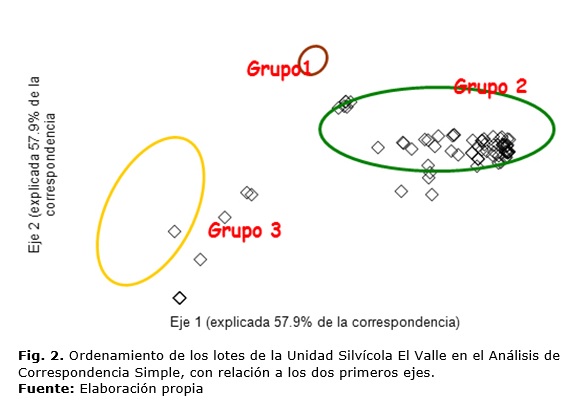Plant resources in the biosphere reserve peninsula de Guanahacabibes, Cuba
Main Article Content
Abstract
Downloads
Article Details
References
ACEVEDO-RODRÍGUEZ, P. Y M. T. STRONG. Catalogue of Seed Plants of the West Indies. Smithsonian Institution Scholarly Press, 2012.
ACUÑA, J. «Las plantas indeseables en los cultivos cubanos». Academia de Ciencias de Cuba, La Habana: Instituto Investigaciones Tropicales., 1974.
BARÓ, I. F. et.-al. Algunos ejemplos de plantas útiles. Sociedad y Naturaleza en Cuba, Plantas Útiles, 2003, 1, 15-32.
DAVIS, S. D. et.-al... Centres of plant diversity. A guide and strategy for their conservation. The Americas. World Wide Fund for Nature (WWF) & IUCN. The World Conservation Union. Information Press, Oxford, U. K., 1997, (3) 233-268.
DELGADO, F. Clasificación funcional del bosque semideciduo de la Reserva de la Biosfera Península de Guanahacabibes. Cuba. Tesis doctoral inédita, Universidad de Alicante (España) y Universidad de Pinar del Río (Cuba). 2012.
LEGENDRE, P. Y LEGENDRE, L. Numerical Ecology, 2a ed. Amsterdam: Elsevier Science, 1998.
LEÓN, H. Cont. Ocas. Mus. Hist. Nat. Flora de Cuba, 1946, 1(8), 1-441.
LOT, A. Y F. CHIANG, F. «Manual de herbario. Administración y manejo de colecciones técnicas de recolección y preparación de ejemplares botánicos.» Talleres de Programas Educativos, S. A. de C. V. 1986.
MINAGRI. Proyecto de Ordenación Forestal de la Empresa Forestal Integral Guanahacabibes, Pinar del Río, Ministerio de la Agricultura, 1987.
MINAGRI. Proyecto de Ordenación Forestal de la Empresa Forestal Integral Guanahacabibes, Pinar del Río, Ministerio de la Agricultura, 2008.
ROSETE, S. Recursos vegetales en la Reserva de la Biosfera Peninsula de Guanahacabibes, Pinar del Rio, Cuba. Tesis doctoral inédita. Universidad de Alicante (España) y Universidad de Pinar del Río (Cuba). 2007.


